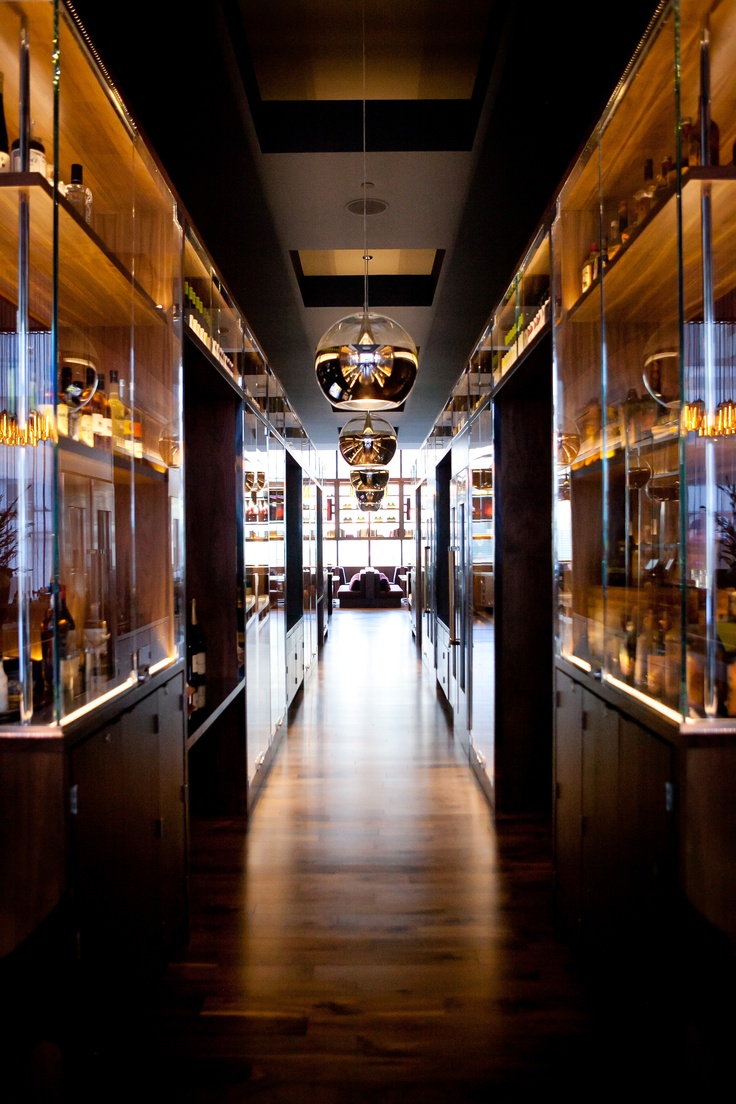In the competitive world of fine dining, particularly within French cuisine, ambiance plays a critical role in defining a restaurant's appeal. For French restaurant owners aiming to create an aura of sophistication and luxury, the thoughtful design of corridors can significantly contribute to the overall dining experience. These transitional spaces offer unique opportunities for making lasting impressions.
Importance of Corridors in Restaurant Design
Corridors in a restaurant are more than just passageways; they are vital components of the storytelling element of a dining experience. They set the stage for what diners can expect in terms of service, cuisine, and overall atmosphere. Thoughtfully designed corridors can guide the diners' journey through the restaurant, building anticipation and setting the tone for a high-end experience.

Strategies for Enhancing Luxury through Corridors
Lighting:Employ soft, ambient lighting to create a welcoming yet luxurious atmosphere. Consider chandeliers or designer light fixtures that reflect the restaurant's French aesthetic.
Artwork:Adorn the walls with curated pieces of art that resonate with the themes of French culture and cuisine. This not only beautifies the space but also engages diners as they move through the restaurant.
Material Choices: Use high-quality materials such as marble, polished wood, or bespoke carpets that speak of luxury and attention to detail.
Architectural Details: Incorporate architectural elements such as archways, paneled walls, or decorative moldings that echo the grandeur of French architecture.
Mirrors:Strategically placed mirrors can make corridors appear more spacious and elegant, while also reflecting light and the beautiful interior of the restaurant.
Interactive Elements:Consider small, interactive displays about the history of French cuisine or the origins of certain dishes offered in the restaurant, which can enrich the guest's experience.

Example: La Maison Du Luxe
Take inspiration from La Maison Du Luxe, a renowned French restaurant in Paris. They transformed their corridor into a gallery of vintage French wine labels, beautifully framed and illuminated. This not only enhanced the corridor’s aesthetic but also sparked conversations among diners about French wine culture, adding depth to the dining experience.







Sylvia Liang-Ron Group
86-18098163178
sales19@rongroup.co
